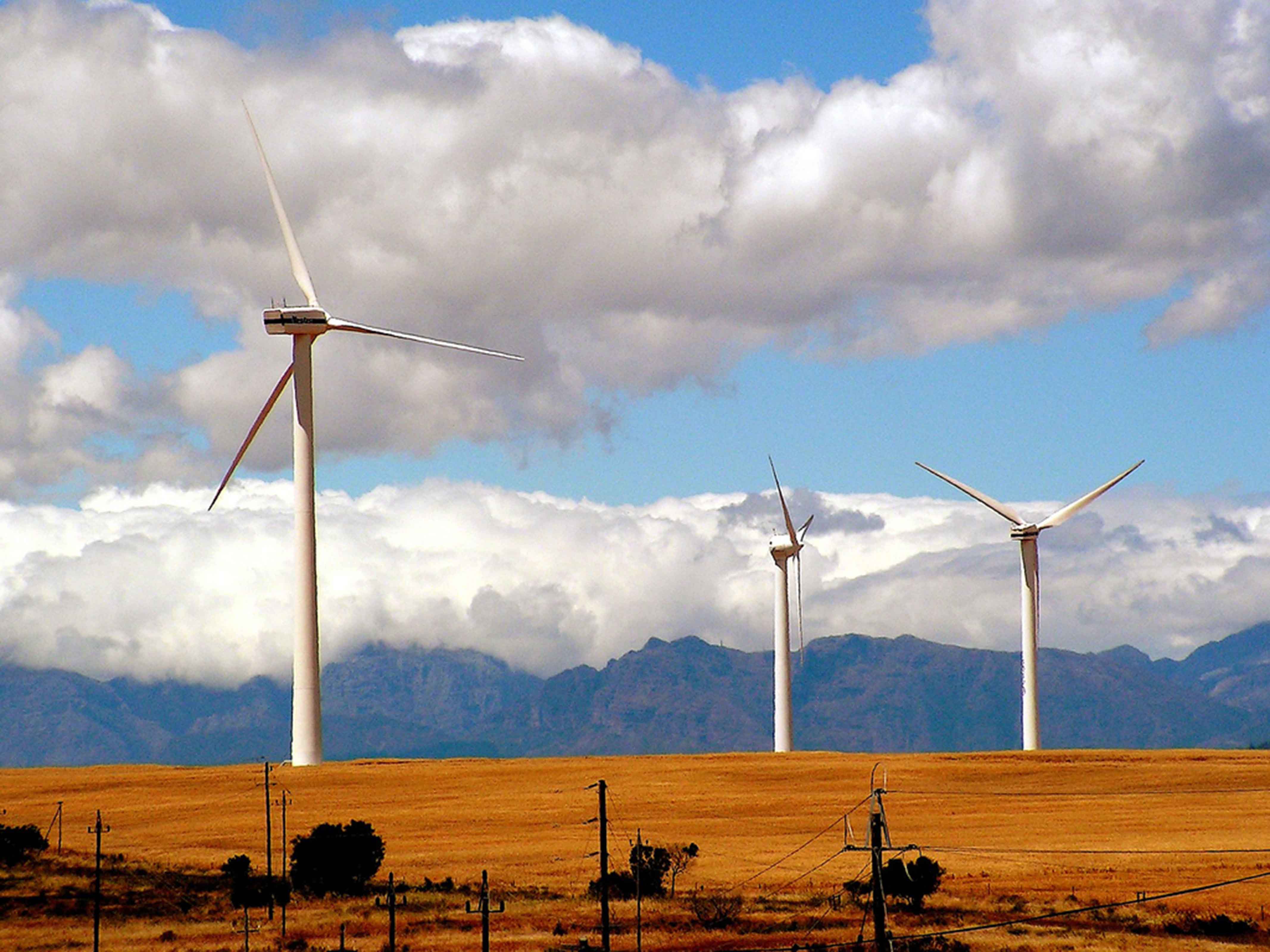On 4-5 April 2017, over 200 experts and government representatives from Kenya, Ethiopia, Burundi, South Sudan, Tanzania, Rwanda and Uganda gathered in Nairobi to discuss the present and future of green energy in East Africa at the first Africa Renewable Energy Leaders’ Summit (ARELS).
Organized by dmg events Middle East Asia & Africa under the patronage of Hon. Charles Keter, Cabinet Secretary, Ministry of Energy & Petroleum in Kenya, ARELS will bring together governments, private sector, international development agencies, non-governmental organizations, and think tanks to share insights on the latest projects, policies industry trends, and opportunities in the region.
Growing energy demand, abundance of renewable energy resources, competitive costs and strong political commitment to the sector both locally and internationally, make East Africa a promising region for the development of renewable energy projects.
Most countries in the region have published targets for increasing electrification rates: the Ugandan government is aiming for 100% by 2030, Kenya is targeting 70% by 2017 and Tanzania have set a goal of 75% by 2033. In such framework, there is huge potential for scalability (and cost efficiencies through standardization) for investors who are willing to explore growing business opportunities across the region taking advantage of relatively low production costs.
The potential to transform and support development in East Africa comes first and foremost from decentralized and off grid opportunities: the reduction of renewable energy technology costs, more efficient O&M models and the expectation that storage technologies are likely to continue on their downward cost curve, boosting investments in the sector.
Key for many countries will be to diversify their power mix: countries like Ethiopia, Tanzania and Uganda have potential for a wide renewable energy deployment including for solar and where possible, wind projects.
Geothermal energy also offers excellent opportunities. Targeting 5GW of capacity by 2030, Kenya is East Africa’s leader in geothermal technology, aiming to become one of the largest generators in the world in the next two years.
While geothermal early development costs can be very high, solar projects are generally less dependent on a large scale grid and can provide off-grid or distributed energy solutions, which arguably allow for a quicker and more reliable market entry. Not surprisingly, the off-grid solar sector is thriving, and has been the subject to many inter-government MoUs in the last year or so.
As the sector gains traction and attracts more investment, the number and size of projects should be expected to increase significantly. It is also worth noting that small-scale biomass projects in certain communities might be very profitable for the region.
The renewable energy industry in East Africa is still facing some challenges. Creating a transmission and grid infrastructure that is fit-for-purpose in the context of an increasing demand for reliable and cost-efficient power, is one of the biggest ones.
Grid extension or upgrade projects have suffered in the past from a lack of private sector investment. These projects have had to rely heavily on public or development finance institutional funding such as the “Energy Africa Compact” agreement between Uganda and the UK governments. It remains to be seen whether there will be more private sector involvement in transmission and grid infrastructure projects although the move towards more PPPs in the region may guide governments in this direction.



